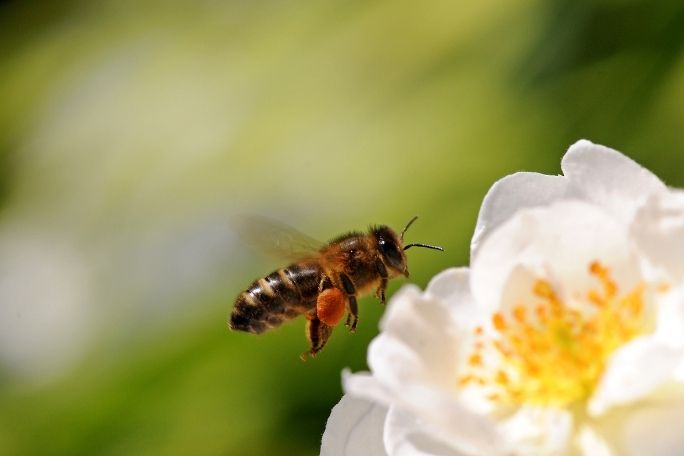Lesson summary
Many of us get the heebie-jeebies about creepy crawlies. Maybe that’s because there are so many of them. But fear not, the earth is not in danger of being overrun by bugs, slugs and other invertebrates. Instead, they are actually vital to the healthy functioning of almost every aspect of our natural environment. They work as pollinators and as decomposers, they enrich and aerate the soil, and they are a critical part of the food chain, serving as a source of food for all sorts of animals.
Lesson guides and printables
Lesson details
Curriculum mapping
Australian Curriculum content descriptions:
Year 3 Science:
- compare characteristics of living and non-living things and examine the differences between the life cycles of plants and animals (AC9S3U01)
- use provided scaffolds to plan and conduct investigations to answer questions or test predictions, including identifying the elements of fair tests, and considering the safe use of materials and equipment (AC9S3I02)
- write and create texts to communicate findings and ideas for identified purposes and audiences, using scientific vocabulary and digital tools as appropriate (AC9S3I06)
Year 3 English
- use interaction skills to contribute to conversations and discussions to share information and ideas (AC9E3LY02)
Year 4 Science
- explain the roles and interactions of consumers, producers and decomposers within a habitat and how food chains represent feeding relationships (AC9S4U01)
- use provided scaffolds to plan and conduct investigations to answer questions or test predictions, including identifying the elements of fair tests, and considering the safe use of materials and equipment (AC9S4I02)
- write and create texts to communicate findings and ideas for identified purposes and audiences, using scientific vocabulary and digital tools as appropriate (AC9S4I06)
Year 4 English
- listen for key points and information to carry out tasks and contribute to discussions, acknowledging another opinion, linking a response to the topic, and sharing and extending ideas and information (AC9E4LY02)
Resources required
- Device with internet access
- Drawing paper or a sketchbook
- Invertebrate Anatomy
- Invertebrate Flashcards
- Pencil, eraser, and a ruler
- Water, a hat, and some sunscreen
Additional info
This activity is a great one to do together as a family. However, children will need support to complete this activity.
This is an original Cool+ lesson.


Welcome back!
Don't have an account yet?
Log in with:
By signing up to Cool.org you consent and agree to Cool's privacy policy to
store, manage and process your personal information. To read more, please see
our privacy policy here(Opens in new tab).
Create your free Cool.org account.
Many of our resources are free, with an option to upgrade to Cool+ for premium content.
Already have an account?
Sign up with:
By signing up to Cool.org you consent and agree to Cool's privacy policy to
store, manage and process your personal information. To read more, please see
our privacy policy here(Opens in new tab).